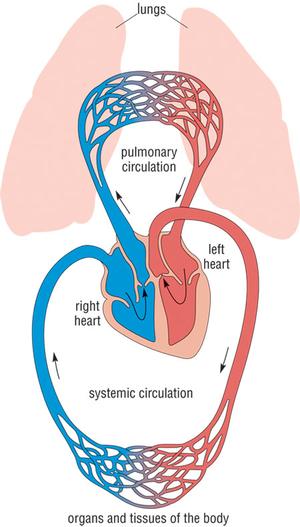Body Organization
Body Organization
Systems Interacting
Supplying Energy
Managing Materials
Controlling Processes
What are the smallest parts of living things?
Cell (or Atom)
What body system is pictured here?
Skeletal
How do you use energy from your body?
Being active, etc.
What organ can be seen in both the excretory and circulatory body systems?
-Liver - Kidneys
-Lungs - Skin
Lungs
Hormones are released by what body system?
Endocrine system
Tissues
What are the 2 types of digestion
Mechanical digestion & Chemical digestion
How does your body get its energy?
From the food you eat
Arteries move blood in what direction
(toward the ♡ or away from the ♡?)
Away from the ♡
What is the job of hormones?
Their job is to regulate processes in the body
Tissues grouped together are called what?
Organs
Define homeostasis
A process that keeps the body's internal systems stable
What body part is responsible for the mechanical digestion in the digestive system
mouth, stomach muscles
What happens to a human body as it increases in altitude (how high up it is)
It is harder to get oxygen into your lungs and the rest of your body
- Breathing increases
- Heart rate increases
- Sickness can occur
What is the spinal column, and what is it responsible for?
It is nervous tissue that connects the body to all of its nerves
Put this list in order from smallest to largest
- organism, cell, tissue, molecule, atom, organ, organ system
atom, molecule, cell, tissue, organ, organ system, organism
Create a story about at least 2 systems in the body, and how they interact to do something
Ms. Douglass will determine an accurate answer
create a list of at least 5 steps that show how the body gets its energy
(HINT: it should include the circulatory and digestive system)
- food is broken down in the mouth
- food is further broken down in the stomach
- nutrients from the food are absorbed in the small intestines
- nutrients enter the bloodstream (circulatory system) and are carried all around the body
- Waste products are removed from the body (5 bonus points if you get the excretory system here )
Draw a diagram that shows how the heart and lungs work together in the circulatory system
If you reach for a hot pan and burn yourself, how does your brain respond, and how will that change how you react to something in the future?
